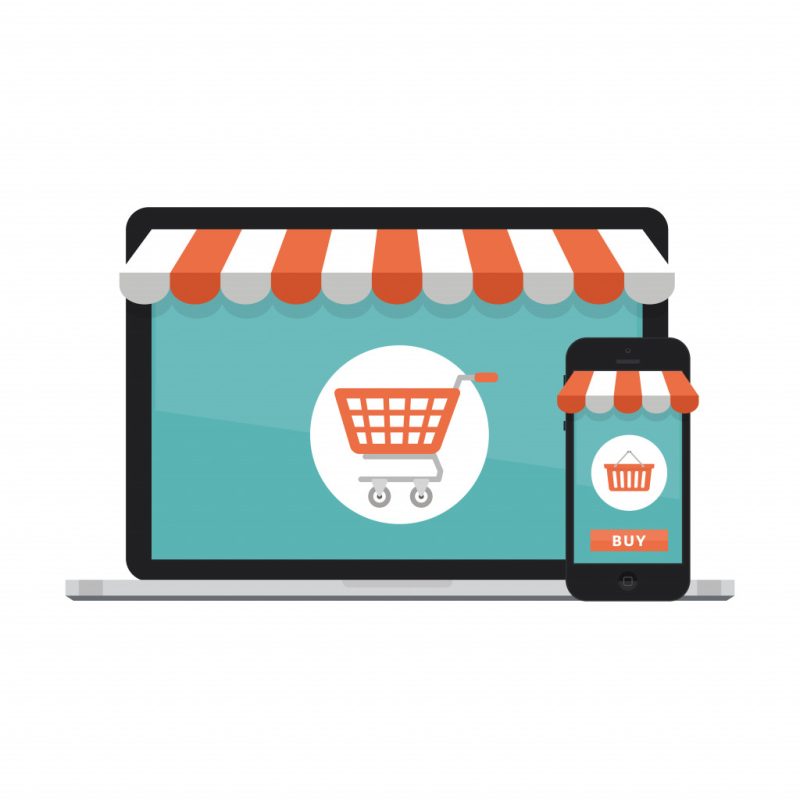As a business owner, you always seek ways to cut costs and increase efficiency. However, in today’s climate, it is also important to consider the environmental impact of your business practices. If you are in the delivery business, there are many ways to incorporate green practices into your everyday routine. These tips will help you deliver goods while being kind to the planet.
Tip 1: Use Reusable Containers
Whenever possible, use reusable containers for your deliveries. This could be anything from using refillable water bottles to investing in reusable packaging materials. Reusable containers are not only better for the environment, but they can also save you money in the long run.
Delivery systems that can be reused and refilled are beneficial in many ways, like curbing plastic pollution, reducing the dangers of toxins, and avoiding greenhouse gas emissions from single-use packaging.
A recent study found that reusable tableware significantly reduces waste output (by 92%), various types of emission of air pollutants (97% for CO2; 93% for SO2; 68% for NOX; 89% for PM2.5), chemical oxygen demand (95%), as well water use by 67%.
Businesses can save money and lower their ecological footprint by managing supply chain delivery with reusable packaging, which is an important part of the circular economy. In addition, these sustainable practices help create a positive brand image. According to research, packaging often has many harmful environmental impacts, but it’s also very costly in our current supply system.
Managing supply chain delivery with reusable packaging helps reduce environmental impacts, like greenhouse gas emissions from single-use packaging, and can also save businesses money. Implementing reusable packaging strategies is important in managing a sustainable and efficient delivery business.
Tip 2: Go Paperless
Another way to be more eco-friendly is to go paperless. This means using digital documentation instead of paper whenever possible. Many software programs make it easy to create and store digital documents. Not only will this save trees, but it will also declutter your workspace.
Ditch the paper to speed up your supply chain! By going digital, you eliminate sluggish paperwork and get information to customers at supersonic speeds—the speed of data. With real-time updates on customer requests, everyone in the process will always be aware of what’s happening, meaning a faster reaction time for you and better service all around.
Customers are impatient and often choose the businesses that can give them what they want—quickly. In many industries, speed is crucial to success. So if you can find ways to get information and products to your customers faster than your competitors, you’ll be ahead of the game.
The U.S. discards one billion trees’ worth of paper products every year. Thus, it is apparent that holding onto receipts, packing lists, and invoices printed on paper is neither environmentally friendly nor practical. Swap out your traditional business methods for automation to save some trees and money too!
Automation requires lower upkeep costs for printers and toners and storage space since you will not need physical file cabinets overflowing with papers and currency notes. You may consider implementing electronic signatures, online invoicing, and GPS tracking.

Tip 3: Use Less Fuel
You can save both money and resources by using less fuel. This could mean carpooling with other businesses in your area or finding alternative modes of transportation, such as biking or walking. If you must use a vehicle, ensure it is properly maintained so it runs as efficiently as possible. You might also consider investing in a hybrid or electric vehicle.
Implement a fuel-efficiency policy for your vehicles. This can include anything from investing in more fuel-efficient vehicles to teaching your drivers how to properly maintain their vehicles and practice eco-friendly driving habits.
With the current fuel prices and customer demand, companies are changing their strategy to be more sustainable and controlled by how much fuel is used. Route optimization has become a logistics hack that helps control fuel consumption and fulfillment cost. By finding either the shortest or most efficient route possible, you can end up saving your company time as well as money.
Additionally, green transportation is an option that companies should consider. This transportation type uses electricity, solar power, or other renewable energy sources instead of gasoline or diesel fuel. Green transportation options include electric vehicles, hybrid vehicles, and bicycles.
Tip 4: Educate Your Employees and Customers
Ensure your employees and customers know your sustainability efforts and why they are important. You might consider sending out newsletters, hosting educational events, or posting information on your website or social media accounts. The more people who know about your efforts, the more likely they will support them.
Encourage employees to live a sustainable lifestyle both in and out of work. This may include carpooling, taking public transportation, recycling, composting, and using energy-efficient appliances. You might also consider offering incentives for employees who adopt sustainable habits.
Make sure your customers know that you are working to reduce your carbon footprint. This will show them that you are committed to being a responsible and sustainable business. You can communicate your efforts in various ways, including through social media, your website, and marketing materials.
Going Green
As a business owner, you have the opportunity to set an example for others by sustainably running your business. By implementing these green practices, you can reduce your carbon footprint, positively impact the environment, and keep your customers happy.






